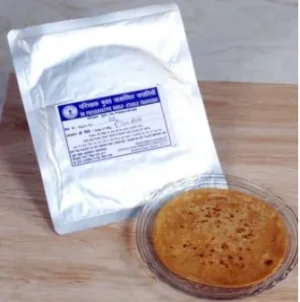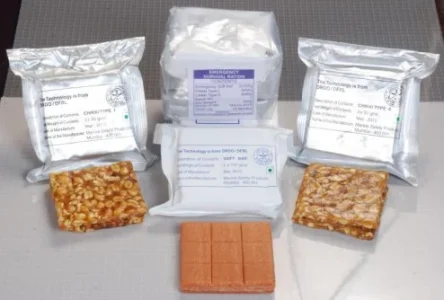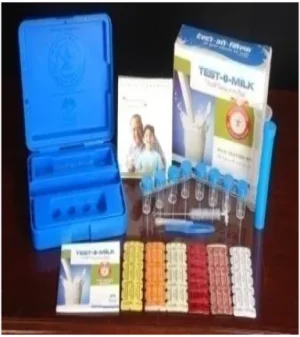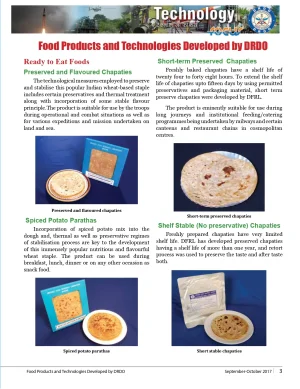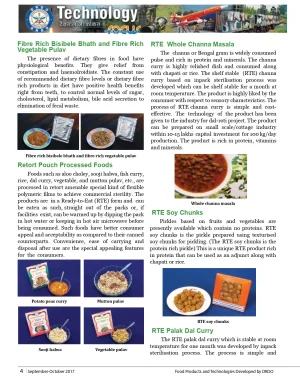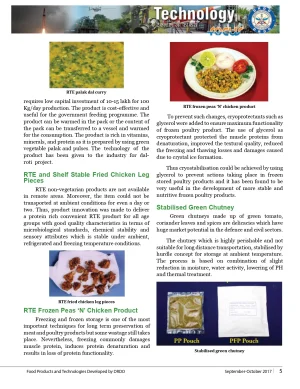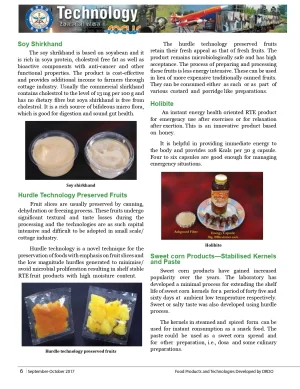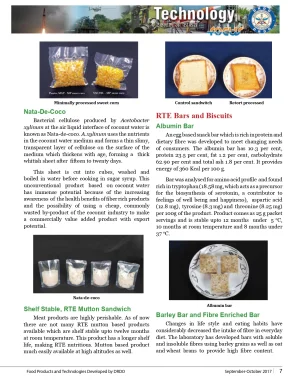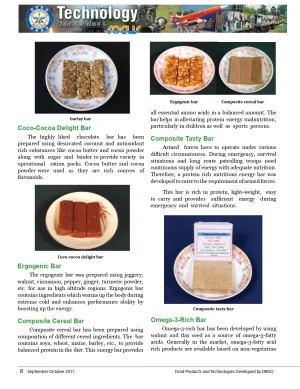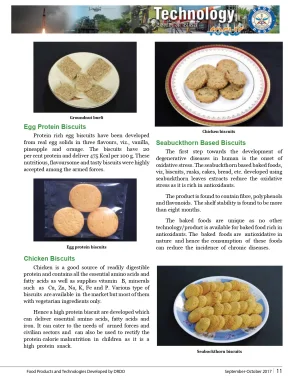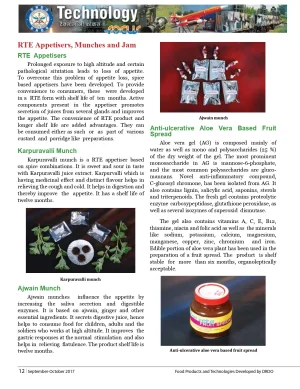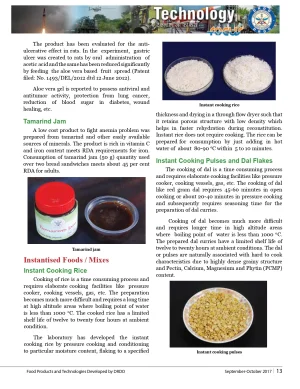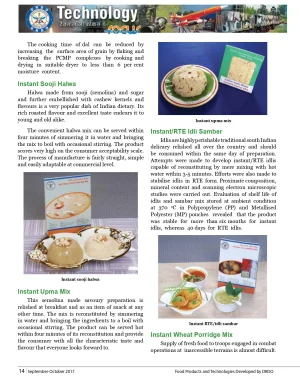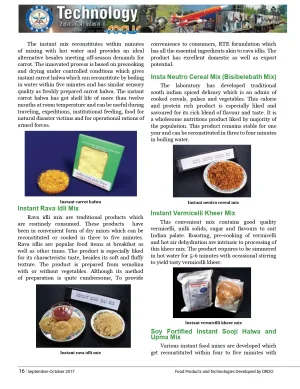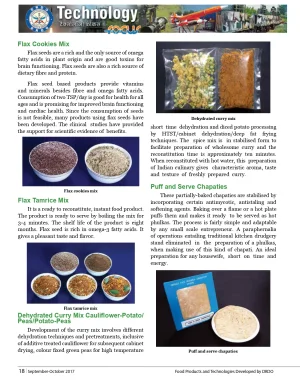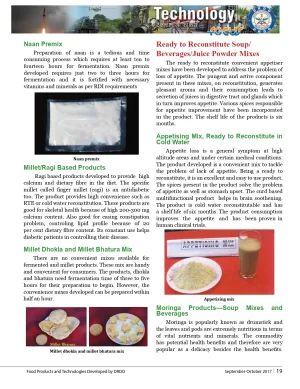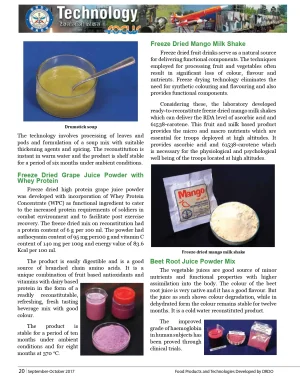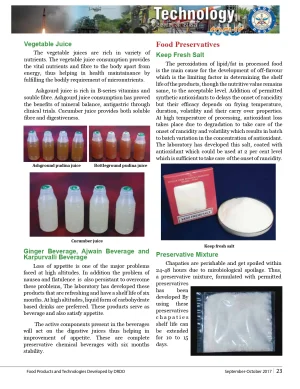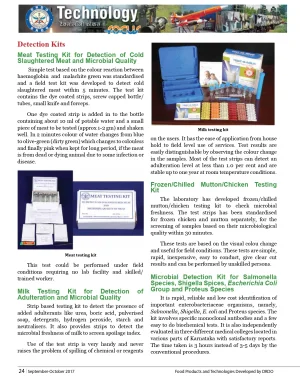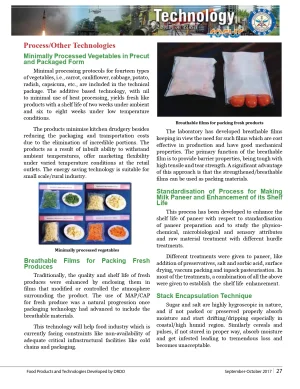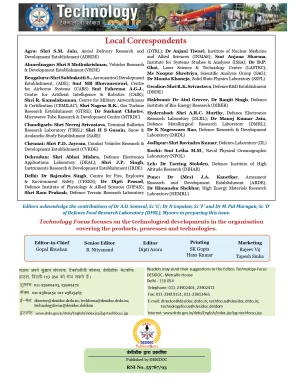Browse:
Home / Indian combat rations
By
(FINN) Frontier India News Network on June 28, 2007
Pre
World War I, the British troops serving in
India were provided with rations in kind along with some allowances. However, the Indian troops under the British Army received only cash allowance with which each person was required to procure his own rations. Thus, no control was exercised by the authorities on the nutritive intake of Indian troops. During the Mesopotamian campaign in 1916, the Indian troops suffered a very high incidence (142 admissions per 1000 troops) of Scurvy, while the British troops were unaffected. However, it may be added that the later did suffer from Beri-Beri because while flour was issued to them in the rations on staple food. The experience of World War I led to the evolution of a new system comprising issuence of certain items of food in kind together with cash allowance amounting to 10 annas per man to Indian troops. It may be pertinent to mention that both the scales of rations and cash allowances given to the Indian troops were much less compared to those provided to the British troops.
Two scales of ration one each for peace and field were authorized for the first time for the Indian troops. These scales of ration and cash allowance were followed between the two World Wars and until 1942. During World War II, the British troops in peace were authorized field scale of rations, however the Indian troops continued to get separate field and peace scales of rations. The messing allowance for Indian troops was raised from 10 annas per month to Rs.3/- together with peace scale. As the World War II continued a rise in the cost of living and difficulties in obtaining terms of food created problems in maintaining supplies of rations. In some places there was no food available for purchase. Then DMS (Army) produced evidence of malnutrition among Indian troops and recommended that they should be authorized field scales of ration both in peace and field. However, a modified field scale was introduced in early 1943 to replace the existing peace scale for the Indian troops. Just after independence the troops had to subsist on traditionally preserved foods or depend on adhoc cooking arrangements, which rendered their logistic support cumbersome and less effective.
The development of pack rations for service forces is very critical. Because, protecting food items from physical and chemical deterioration during storage, transport and handling, the packaging and packing of any operational ration used during logistic period, should involve considerations such as (i) operational limitations on meals pattern (ii) operational limitations on weight and volume (iii) availability of materials.
The Defence Food
Research Laboratory (DFRL) was established at Mysore in December 1961 under the
Defence Research and Development Organization to meet the R&D needs in the area of Food
Science and Technology and to design light weight pack ration for Army, Navy, Air Force and para military forces. In,
India, since, 1960 a large contingent of troops is being maintained in north eastern mountainous region having inadequate transportation, communication and agricultural base. Over the years, DFRL with its sustained efforts has developed process technologies for the preservation and packaging of large number of popular food items of Indian culinary having a minimum shelf-life of raw materials to one year under all
weather conditions. These products are either in ready-to-eat or ready-to-reconstitute form and provide excellent convenience to the consumers.
DFRL Director Dr A S Bawa
Many of the technologies utilized for preserving these products are state-of- the art technologies in the field of food processing and have been developed from indigenous sources. Some of the products which have been processed and stabilized through the use of these technologies include chapaties, parathas, puris, fruit juice powders, dehydrated vegetables, quick cooking convenience mixes i.e. Halwa, Upma, Rava idli, Pulav, Khichadi, Instant dals, Instant rice, Whole legumes, shelf stable ready to eat fruits like pineapple and banana. Apart from these, there is shelf stable ready to eat products like khichadi, besibele bath, kheer, peas-potato curry, fish curry, mutton and chicken curry etc.
DFRL, Mysore has developed various rations, such as one man compo pack ration, modified (mini) compo pack ration, meals ready to eat ration, MBT ration, sub marine ration and survival ration for PSP to meet the operational requirements of Army, Navy and Air Force. Among these rations, meals ready to eat ration have been specially developed to meet the operational needs of the Army and Navy. Apart from these rations DFRL has also designed emergency ration for Army, emergency flying ration for air crew, survival ration for Navy and Commandos and the same have been successfully tried and accepted.
Meal Ready-To-Eat [MRE] ration for Indian Army
The ration does not require any cooking since the contents are thermally processed and can be consumed readily after little warming if required. The ration consists of Indian dishes namely Chapaties (preserved), Sooji halwa (300g), Vegetable pulav (300g), Potato Peas Curry (300g), Chocolate bar and Tea (3 servings). Besides this, items like spoon, tissue paper, matchbox, specially designed foldable stove and fuel tablets for warming the food items are also included. The products such as sooji halwa, vegetable pulav and potato pea’s curry are processed in a specially designed bulk sterilizer. Each batch is carefully monitored for Fo at 121 degree Centigrade to ensure microbiological as well as chemical quality.
 Meals–Ready-To-Eat
Meals–Ready-To-Eat
The technology used is highly scientific accepted at international level. The packaging material consists of multilayer structure of Polyester / Aluminum foil / cast Polypropylene designed and manufactured to withstand high temperatures and internal pressure during heating, cooling, storage and transport. The outer cover of the ration is a Linear Low-Density Polyethylene polymer with high tear and puncture resistance and olive green in color.
The food products are processed in a special retort to internationally accepted food standards of Fo-value of more than 7. This is a general standard and safe value for most of the food items. After processing samples are tested for microbiological quality.
The Indian MRE compares very well with well-known international rations like MRE of USA and GP-24 of UK in nutritional quality and hygienic standards.
The shelf-life of the ration is 12 months. The total calorific value of the ration is 3150 K Cal. and meets the immediate nutritional requirements during operation.
Recently, 6 types of meals-ready-to-eat rations having both vegetarian and non-vegetarian products have been developed in order to introduce multi entrée menu in the existing single entrée ration. The contents of the rations are Sooji halwa, Chapaties, Tea mix, Chicken biryani, Chicken curry, Mutton biryani, Mutton curry, Vegetable biryani, Rajma curry, Dal fry, Jeera rice, Dal makhani, Vegetable pulav and mixed Vegetable curry. Pickle is also introduced along with each menu. The user acceptability field trials were conducted as per AHQ guidelines and were well accepted and recommended for induction in the regular supply.
Rations for Marine Commandos of Indian Navy
Marine Commandos of the Indian Navy have certain specialized roles and functions. They are expected to land in unknown and hostile territories to carry out specific duties, assigned to them. The nature of duties and the performance expected from them are of very high order and important for the operations. Hence, the Marine Commandos unlike other sailors of the Navy require specialized rations which are adequate to give them the required calories, easy to carry and consume without compromising the quality, safety and the palatability. Such rations have been developed elsewhere in the world and the most popular and well known of them is the ration used by the U.S. Navy. This ration is highly sophisticated and popularly known as Meals-Ready-to-Eat or MRE. The items are either retort processed so that they can be consumed with slight warming or ready to eat like biscuits, cookies etc.
DFRL, Mysore at the specific request of the NHQ developed a similar ration based on Indian cuisine. Unlike the foreign rations which are based mostly on pork, ham or beef, the Indian rations are based on mutton, chicken and a vegetarian ration for non meat eaters.
The retort processing technology has been specially developed at DFRL using indigenous food as well as packaging materials. The ration provides approximately 3300 – 3800 calories / day. The rations have a shelf life of one year.
For security reasons, the rations are coded with specific colors to escape identification after consumption.
One Man Compo Pack Ration (Dehydrated Foods Based)
DFRL, Mysore has also developed one man compo pack ration based on dehydrated products. It consists of early morning tea, breakfast, mid morning tea, lunch, evening tea and dinner. The contents are pre cooked dehydrated and ready-to-eat products. It is easy to reconstitute in a short time by using hexamine fuel tablets. A simple foldable stove is also provided with the ration for this purpose. The total weight of the ration is 880grams. It is easy to carry and handle. The calorific value of this ration is 4100 kilocalories, meeting the calorific requirements under various conditions of use. The technology involved in the processing and manufacturing is simple and quite easy to adopt by any food industry. The packaging of the ration is based on flexible packaging materials, which can be easily accommodated in the hoversack of the solider. The packaging is easy to open and dispose.
 Mini Compo Pack Ration
Mini Compo Pack Ration
This ration is specially designed to meet the Indian palate and is made of foods with which Indian soldiers are familiar. Thus, it provides maximum satiation and psychological satisfaction. The shelf life of the ration is one year under ambient condition. It is easy to prepare and found to be very popular with troops and particularly useful for short duration patrol duties.
Mini Compo Pack Ration (Dehydrated Foods Based)
It is a simplified version of one man compo pack ration to provide 1520 calories of energy with two items namely Sooji Halwa mix (100g), Pre cooked Dehydrated Vegetable Pulav (125g) and 3 times tea. It weighs about 400g. It is also provided with foldable stove, fuel tablets (100g), match box, spoon for reconstitution / preparation of tea. The packaging is of food grade polymeric materials namely Polypropylene (75 microns) as primary packaging material and 45GSM Paper / 20 micron aluminum foil / 37 micron Low density polyethylene to ensure optimum protection against the loss of moisture and flavor as well as to protect against chemical and microbiological deterioration. The outer packaging is made out of co-extruded film of HDPE / LDPE / HDPE of 90 micron which provides adequate protection from mechanical stress and gives easy handling and distribution. In terms of convenience, cost and nutritional adequacy, the mini compo pack ration is equal to similar rations. But the Indian ration is specially designed to meet the Indian palate and is made of foods with which Indian soldiers are familiar. Thus, it provides maximum satiation and psychological satisfaction. The shelf life of the ration is one year under ambient condition. It is easy to prepare and found to be very popular with troops and particularly useful for short duration patrol duties.
 Mini Compo Pack Ration
Mini Compo Pack Ration
Survival
Ration
The survival ration consists of soft bar and chikki. The per diem per man survival ration consists of Soft bar 100 g x 2, Chikki (sugar base) 50 g x 3, Chikki (Jaggery base) 50 g x 3.
The total calories are around 2400 Kcal, which is more than the normal survival ration used world wide by different armies. The requirement generally expected is at the level of BMR which is around 1400-1500 Kcal.
Main Battle Tank (MBT) Ration
DFRL has developed a suitable operational ration pack for Main Battle Tank (MBT) and other Armoured vehicles. Operational ration packs are designed for sustaining of soldier for 72 hrs in closed in conditions. First and second day ration packs weigh 2 kg each and provide 4000 calories and third day ration weigh 1.5 kg and gives 3000 Calories. Operational ration packs are based on instant/ready to eat food and survival bar as per the palate of soldiers.
Role of DFRL during Operation Vijay
The ration developed by DFRL was tried extensively and liked by troops both under actual battle as well as mock warfare conditions. Some of these rations have also been supplied under Kargil operation. The laboratory had geared itself without an advance notice to produce and supply 50,000 survival rations and 30,000 MRE rations to the Army for Kargil operation at a very short notice of only 48 hrs. These rations were processed in the laboratory and supplied to Army. Besides, the laboratory has supplied 1,000 MRE rations to Navy during this phase for their preparedness and 125 MRE rations to Air Force station, Pune. These rations have been found highly acceptable, palatable and stable. The troops participating in operation Vijay have highly liked these rations. In addition, based on laboratory process, Indian Army was able to procure 1.5 lakh supplementary compo pack rations from industry during Kargil operation. One of the major lesson learnt from the Kargil operation is that even if the production technology of these ration is transferred to the industry, a minimum period of one to one and a half month is necessary for the industry to actually meet these supplies because these rations have limited demand in civilian sector and industry is not in a position to keep a ready stock of these ration with it.
During the last four and half decades of its existence, DFRL has emerged as one of the leading institution in the area of convenience foods, pack ration development, nutritional and safety evaluation of foods under various environmental conditions. The laboratory has also emerged as a pioneer in the field of food preservation, packaging, product specification development and training in the area of food analysis and quality assurance.


